MP ANNE MILTON – FLOOD FORUM (12/10/18)
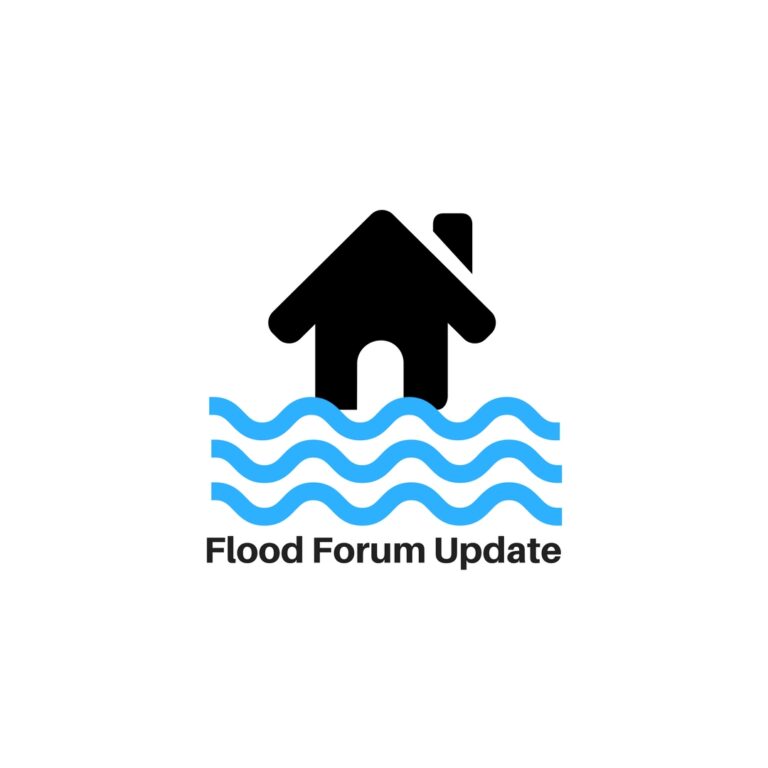
MP Anne Milton will conduct the next Flood Forum meeting on 12th October 2018 10.30 to 11.30 in the Band Room – the public are welcome to come and raise issues. If you can’t attend please let us know your…

MP Anne Milton will conduct the next Flood Forum meeting on 12th October 2018 10.30 to 11.30 in the Band Room – the public are welcome to come and raise issues. If you can’t attend please let us know your…

Our last Flood Forum update posted here on 18 March was based on an article The Cranleigh Society were asked to provide by the Surrey Advertiser – but it was not published. The Society was then asked to expand on…

CRANLEIGH FLOOD FORUM NEWS UPDATE, 18 MARCH 2018 Many of you attended the third Cranleigh Flood Forum on 9 March, hosted by Anne Milton MP, when discussions continued on sewer and surface water pipe misconnections, concerns about the sewage treatment…
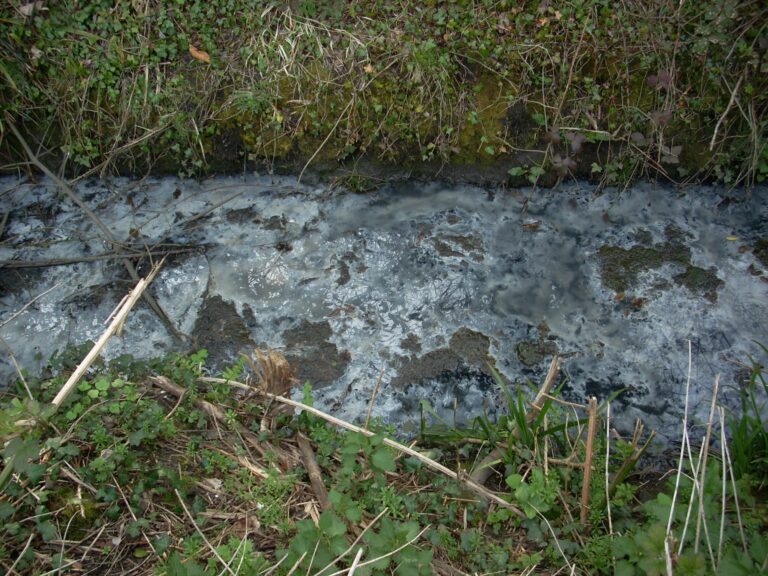
Love Your River! Cranleigh Village Hall Meeting Monday 26th March 7 till 9 pm Following on from the recent informative Flood Forum meeting held earlier this month, we can now announce a date for Cranleigh Water’s Love Your River Meeting,…
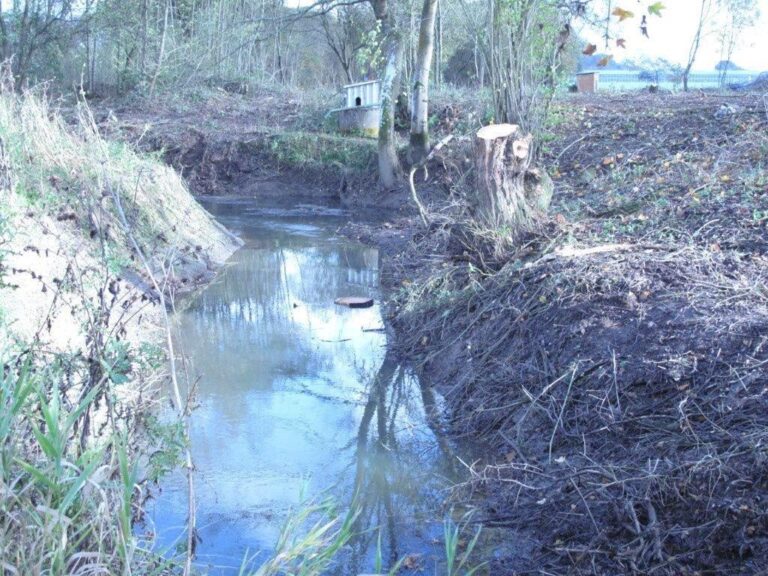
CRANLEIGH FLOOD FORUM NEWS MP Anne Milton ran an effective and Informative Flood Forum today, in the Band room, from 10 till 11am. The team assembled around her included representatives from Thames Water, Waverley Borough Council and Surrey County Council.…
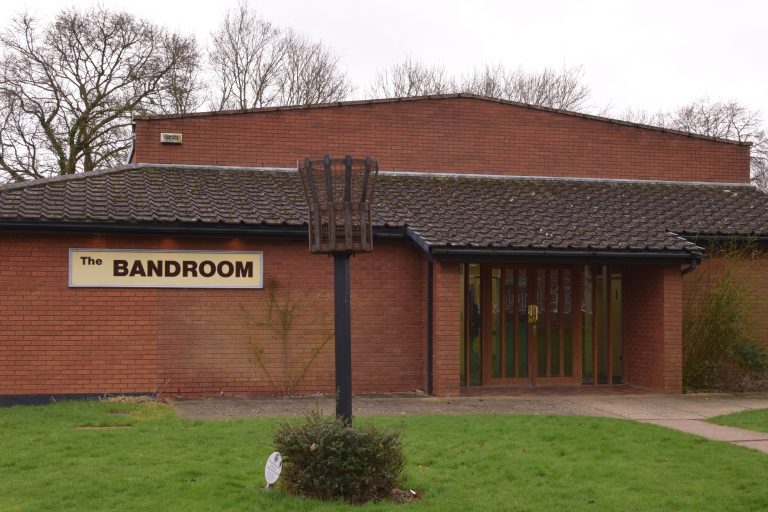
Your MP Hears your problems – FLOOD FORUM Bandroom, Friday, March 9th. 9.30 am VITAL YOU & YOUR NEIGHBOURS ATTEND Anne Milton MP and your Waverley Borough & Cranleigh Parish Councillors plus many Officers from the Council, Thames Water & other…
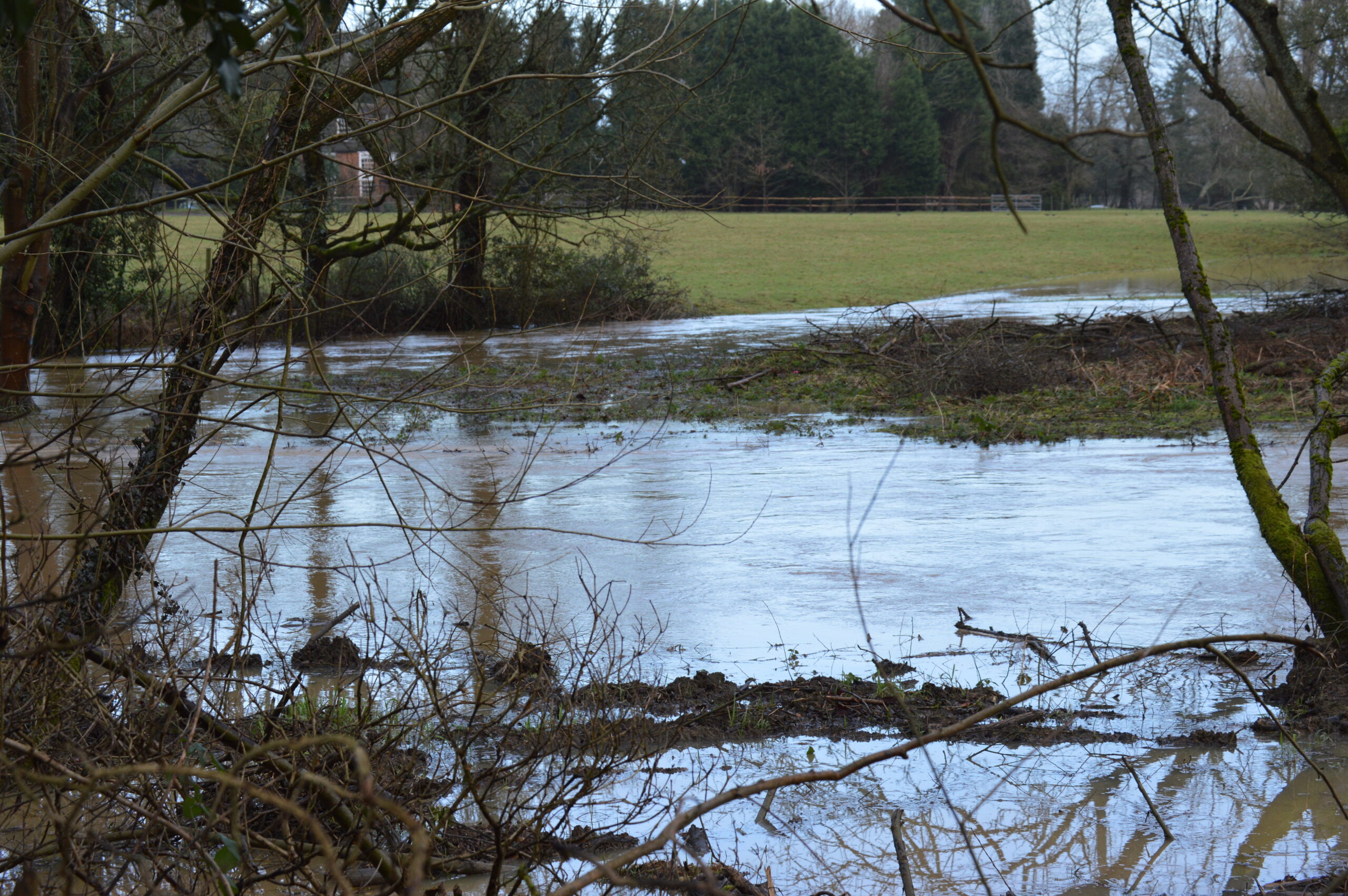
CRANLEIGH FLOOD FORUM FRIDAY 9th MARCH 9.30 to 11.30 CRANLEIGH BAND ROOM Please come along and hear what MP Anne Milton and others have to say. we look forward to seeing you there and hearing your news too,
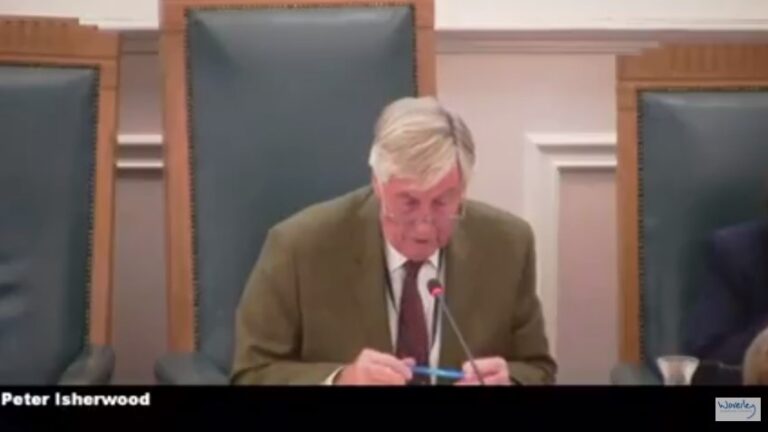
Since our posting on 6 October we have written to Anne Milton MP, Tom Horwood (Interim MD at Waverley Borough Council) and the Department for Communities and Local Government (DCLG) to confirm our utter amazement and dismay that this application…
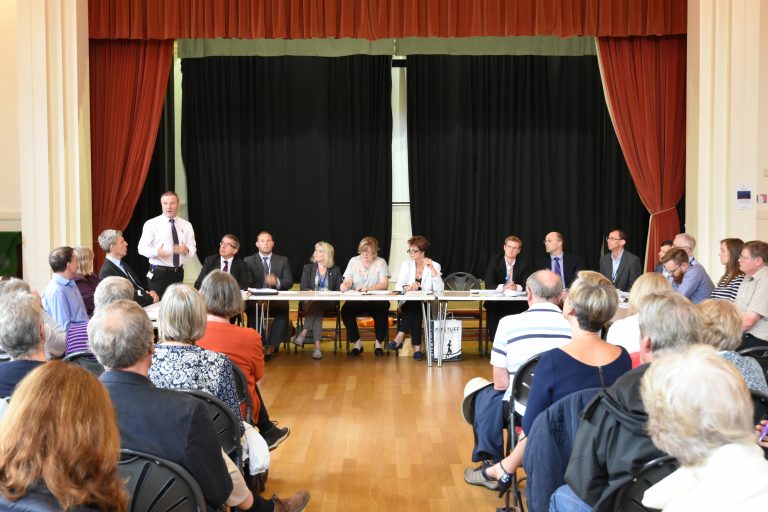
** PLEASE NOTE START TIME AND VENUE ** The venue is The Band Room in Village Way, Cranleigh, and the meeting starts at 10:30 am This is the second meeting of Cranleigh Flood Forum chaired by Anne Milton MP. The issues…

On Monday the 24th of July, Anne Milton MP organised a meeting at the village hall that she described as a flood forum and it turned out to be much more than that. She brought together Waverley planners, Thames Water,…